The Longest Walk was intended to symbolize the forced removal of American Indians from their homelands and to draw attention to the continuing problems of Indian people and their communities. The event was also intended to expose and challenge the backlash movement against Indian treaty rights that was gaining strength around the country and in Congress. This backlash could be seen in the growing number of bills before Congress to abrogate Indian treaties and restrict Indian rights. — in American Indian Activism: Alcatraz to the Longest Walk
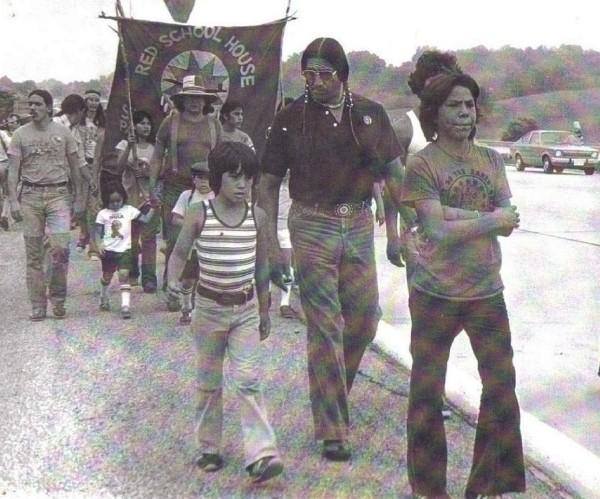
Lehman Brightman and others in the Longest Walk.
On July 15, 1978, a peaceful transcontinental trek for Native American justice, which had begun with a few hundred people departing Alcatraz Island, California, ended this day when they arrived in Washington, D.C. accompanied by 30,000 marchers. They were calling attention to the ongoing problems plaguing Indian communities, such as lack of jobs, housing, health care, as well as dozens of pieces of legislation before Congress canceling treaty obligations of the U.S. government toward various Indian tribes.
Read more in the articles, “The Longest Walk: Activism and Legislation in Indian Country from the National Museum of the American Indian (NMAI),” “Indians End Longest Walk in Washington DC on July 15, 1978,” by Jo Freeman, and “Native Americans Walk from San Francisco to Washington, D.C. for U.S. Civil Rights, 1978” at Global Nonviolence Action Database.
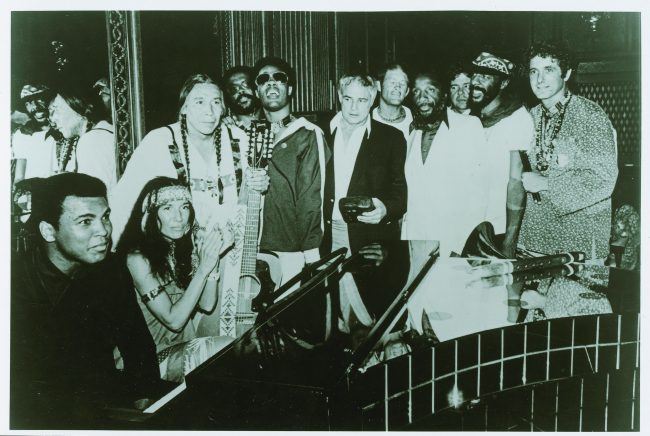
Pictured here (left to right) are Muhammad Ali, Buffy St. Marie, Floyd Red Crow Westerman, Harold Smith, Stevie Wonder, Marlon Brando, Max Gail, Dick Gregory, Richie Havens, and David Amram at a concert at the end of the Longest Walk. Courtesy David Amram via NMAI.
Read more stories of Native American activism from the 1960s to the 21st century.

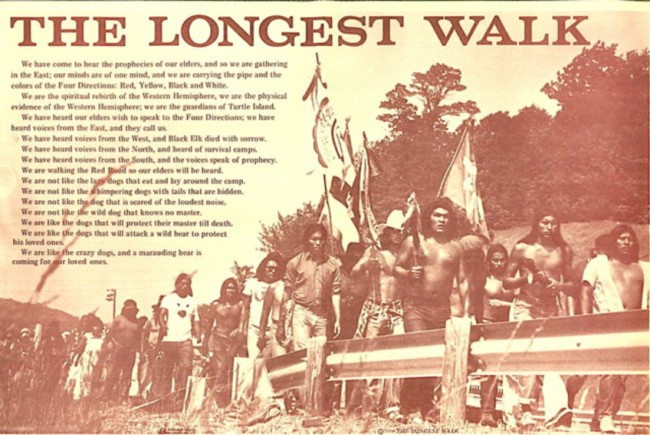
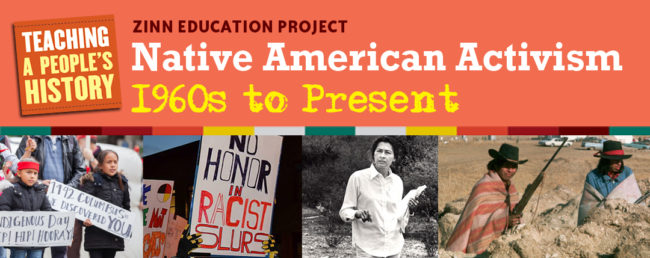

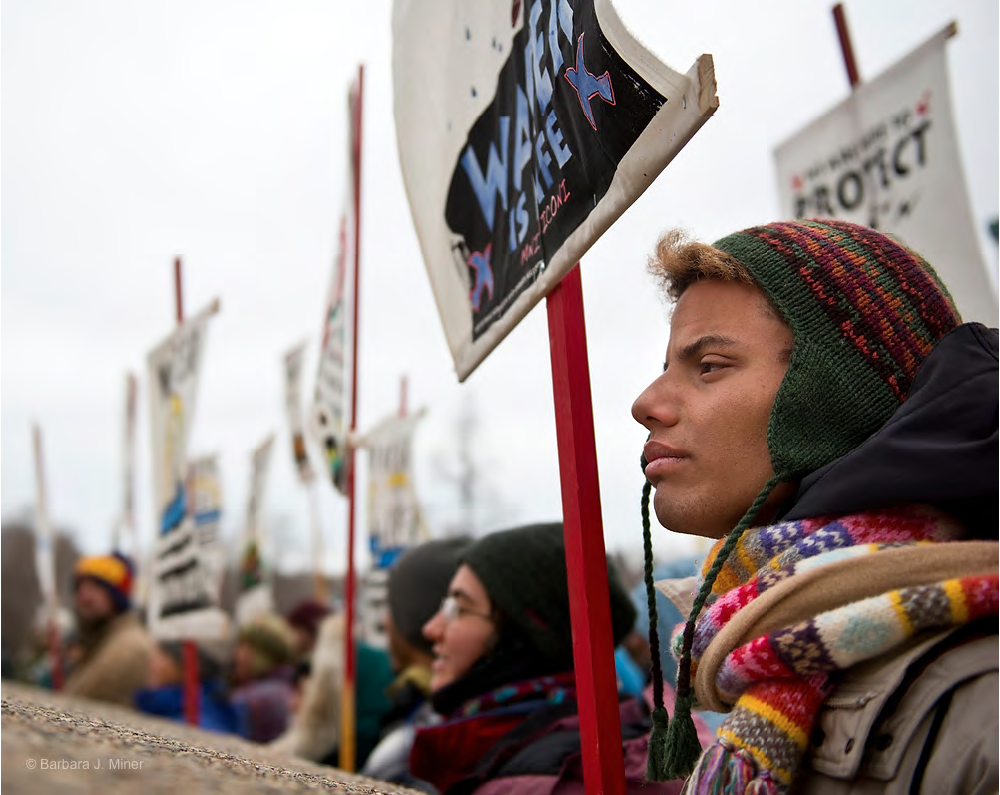
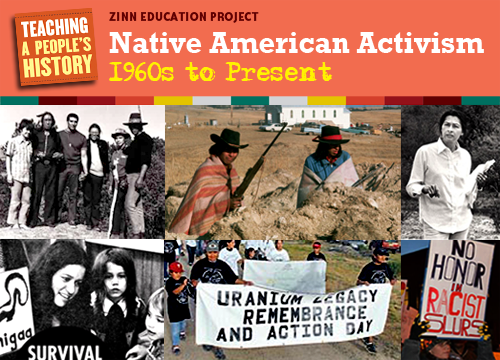
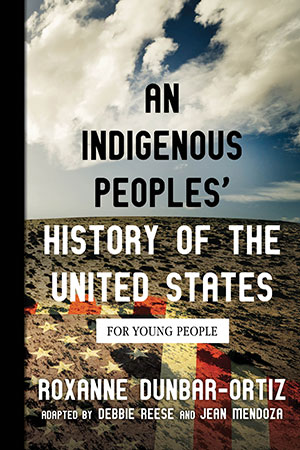
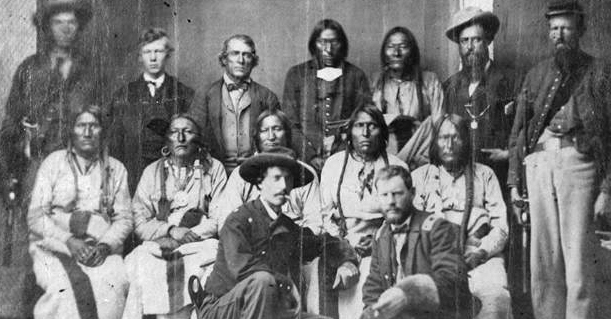
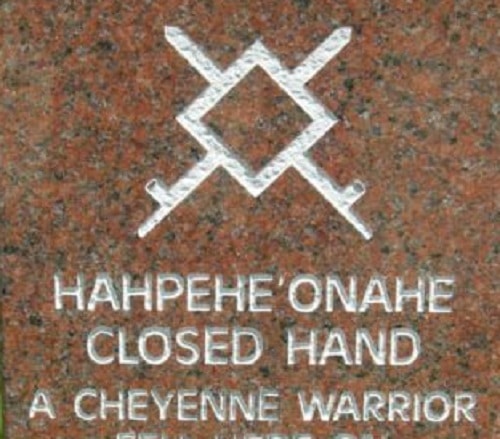
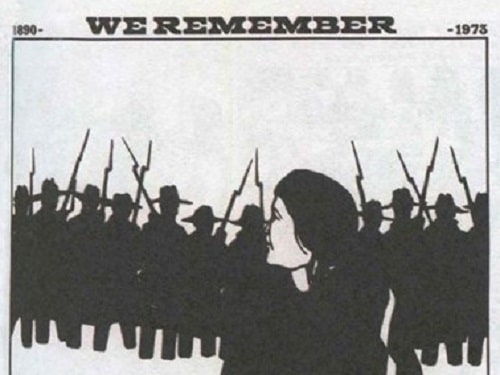
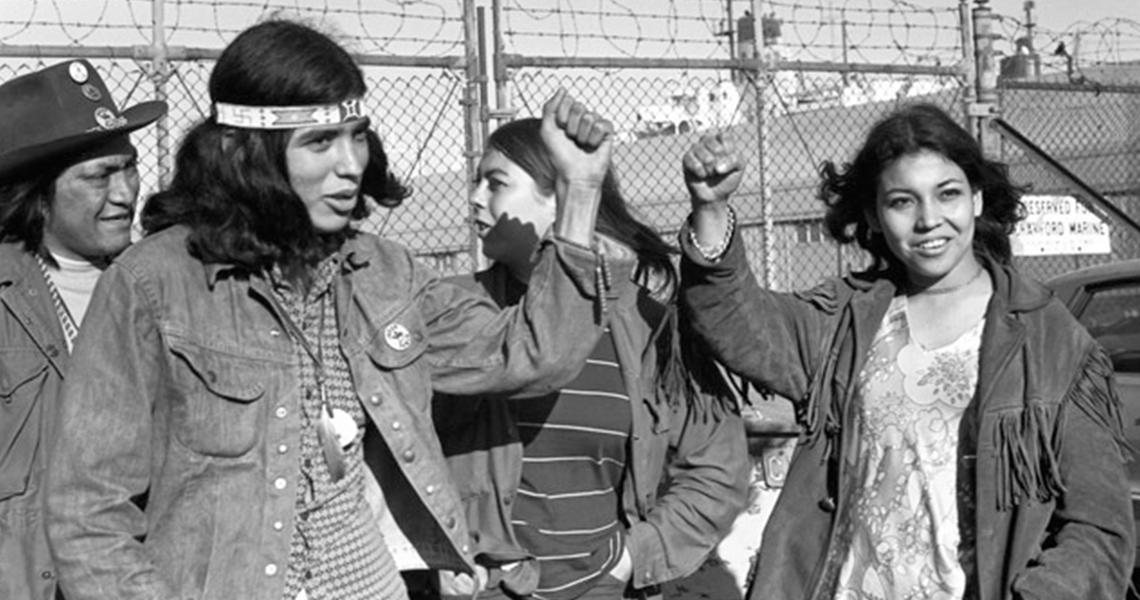
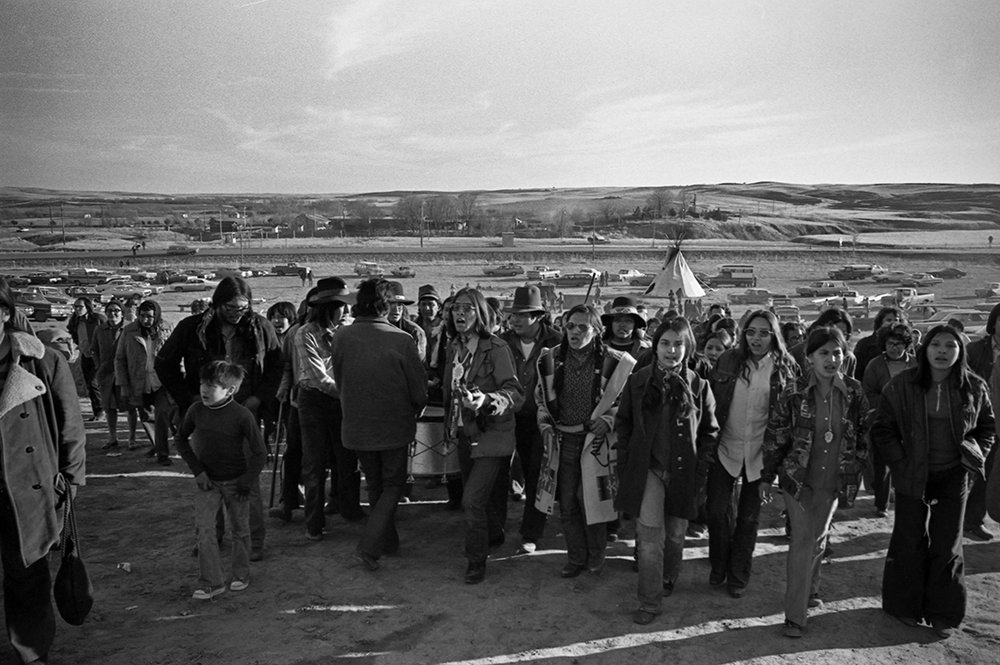
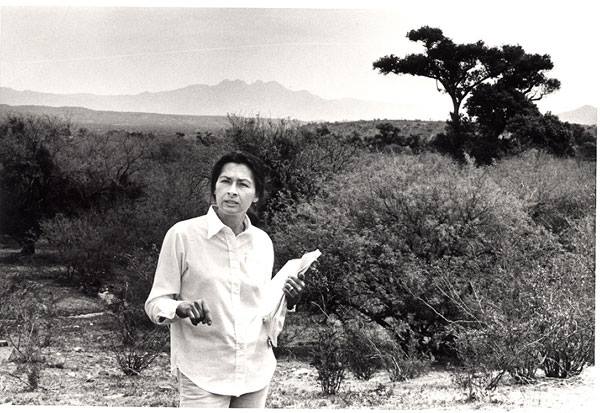





Twitter
Google plus
LinkedIn